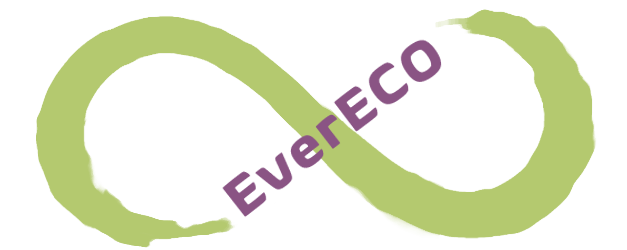We encourage investors highly interested in this space and the potential of products, manufacturing, distribution, licensing, key customers, vendors as well as the market size to contact us. There is enormous value in the breadth of our products, customer targets, licensing opportunities, trademarks, copyrights, processes and intellectual property given the environmental pressures being applied by governments.
Across the globe, more and more countries are pushing back on single-use plastics with fees and even sometimes outright bans on these plastics. Alternatives to such wasteful single-use plastics are on the rise across the globe.
Below is an overview on the economic opportunities offered through investing with EverECO Americas. This is an opportunity to be a part of something bigger…saving our planet. Please join us in this important mission.
Please Click On Each Product Category to Learn More
Let’s heal our planet together.

